If you’re heading to the Netherlands and embarking on a road trip, learning about and becoming familiar with the meanings of Dutch road signs and markings will help you out a lot and prevent you from being caught off guard.
As the Netherlands follows the Vienna Convention on Road Signs and Signals this means that most of the signage will be similar to, if not the same as, others across Europe. If you’re familiar with EU road symbols, many will look recognisable. However, the Dutch have a few unique signs that are worth noting – this handy guide covers the ones you’ll want to recognise.
Shapes and Colours of Dutch Road Signs
Red and white triangular road signs alert drivers to potential dangers ahead which could include sharp corners, pedestrian areas, animal crossings and upcoming roadworks.
Circular signs with a red border show rules or restrictions that must be followed, such as maximum speed limits, bans on certain types of vehicles and limits on vehicle weight.
Blue circular signs indicate instructions that are compulsory for drivers: which direction to follow, where to turn, or when to keep to one side of the road.
Square and rectangular signs are used for information and guidance, pointing out motorway routes, tourist attractions, service areas as well as rest stops.
Essential Dutch Road Signs
Cyclist Priority Over Cars
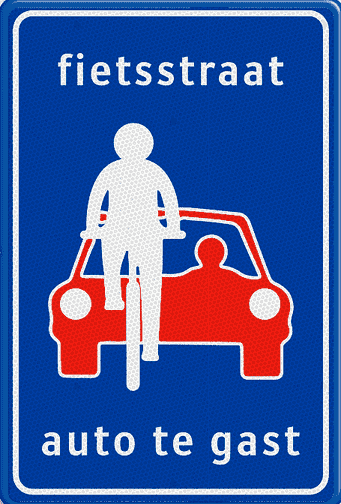
A Fietsstraat sign indicates a bicycle-priority street. The road is designed primarily for cyclists, cars can use it but you must travel at a low speed and always give way to bicycles. These streets are common in residential or urban areas with high cycle traffic.
Stop
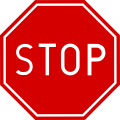
The red octagonal ‘STOP’ sign is universally recognised and means you must come to a complete stop at the upcoming junction before continuing. The sign sometimes includes the Dutch word ‘Einde’ but the shape and meaning are exactly the same.
Low Emission Zone
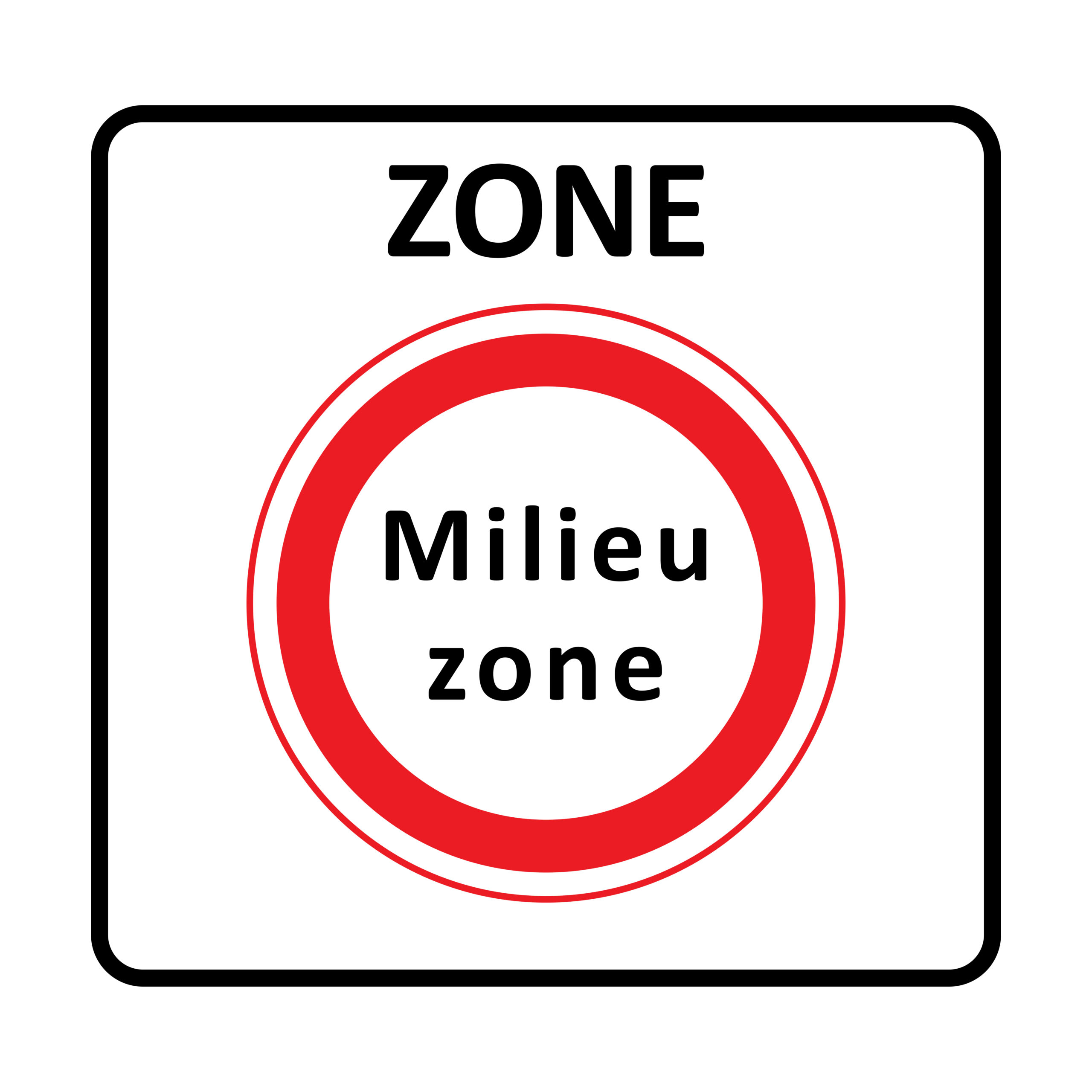
The Milieuzone sign marks the entrance to a low-emission area where older petrol and diesel vehicles that produce higher emissions are not permitted to drive. Whether your car can enter depends on its Euro emission standard, and you’ll find these zones in major Dutch cities like Amsterdam, Utrecht, and Rotterdam.
Beginning/End of a Built-up Area


A blue rectangular sign showing a town name, for example Helmond, tells you that you’re entering a built-up area. Inside these zones, the maximum speed limit is 50 km/h, unless otherwise posted.
The same blue sign with a red diagonal line through the name indicates that the built-up area has ended, meaning national speed limits outside town now apply.
Priority Road Starts/Ends
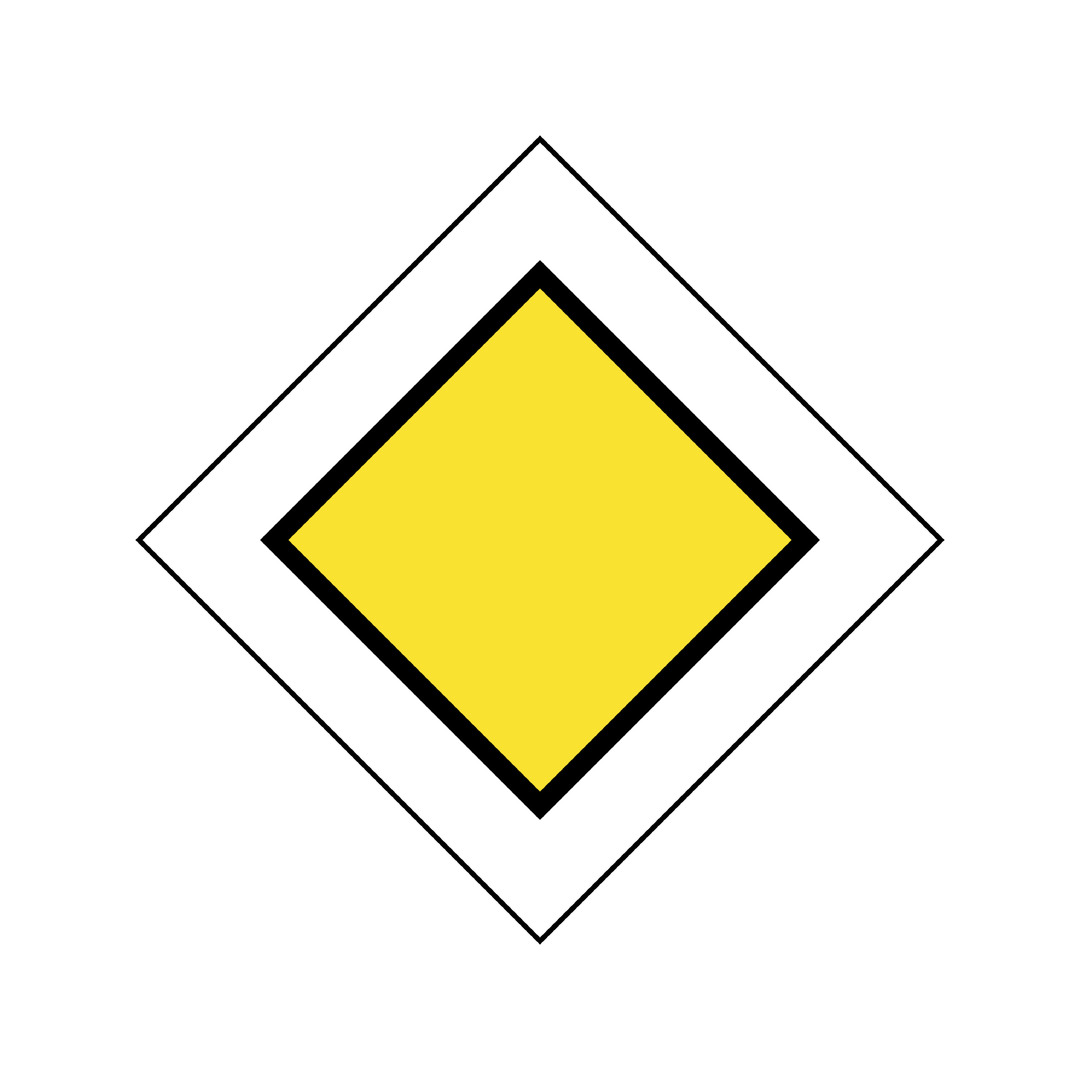
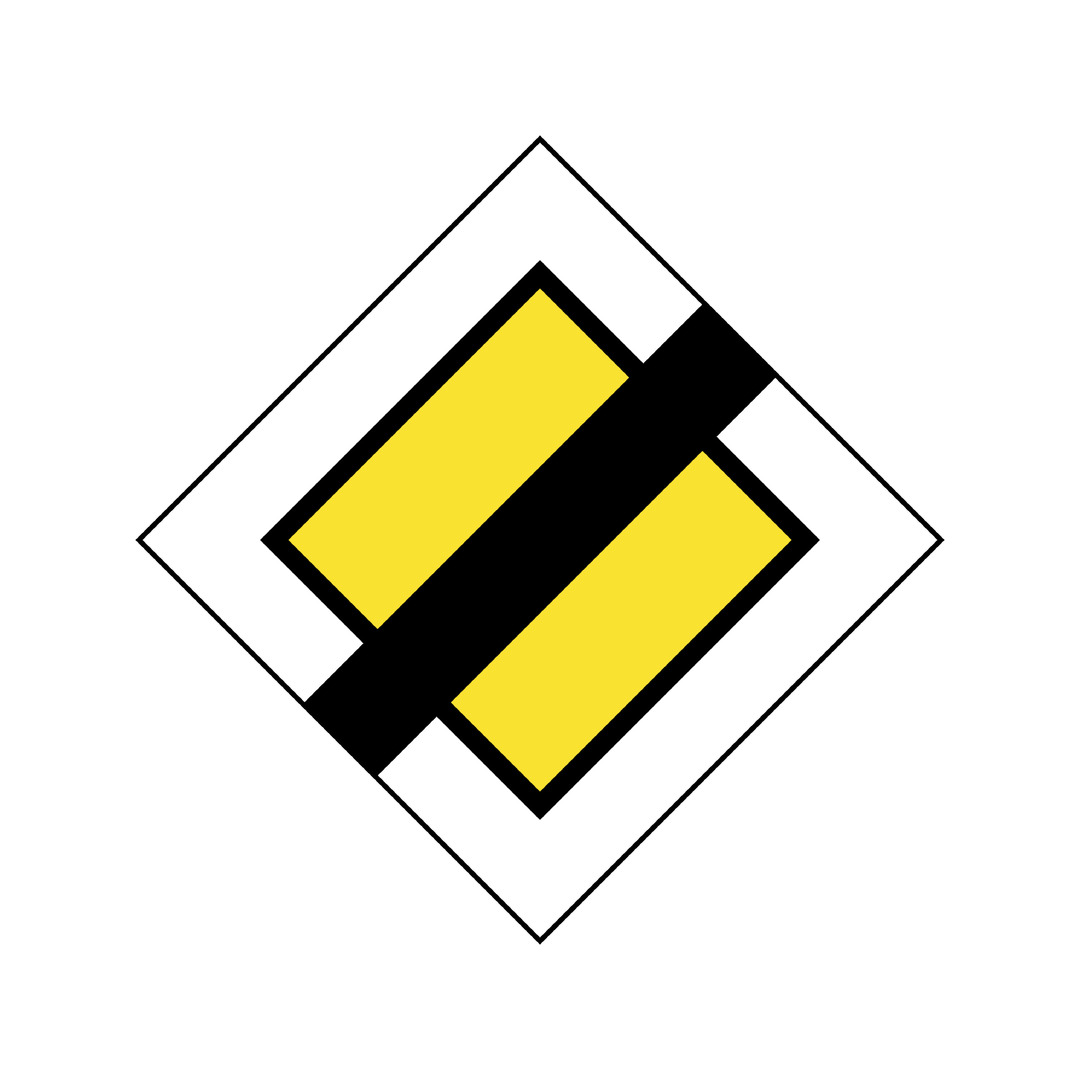
A yellow diamond with a white border designates a priority road, meaning traffic on that road has right of way. When you see the same diamond crossed by a black diagonal line, it marks the end of the priority road.
Speed Limit
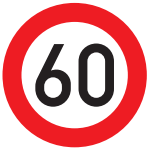
In the Netherlands, speed limit signs follow the standard European format – a red-bordered circle with a black number in the centre, showing the maximum speed in kilometres per hour (km/h).
Dutch Road Markings
Dutch road markings follow European standards:
- Solid white line: Separates lanes or marks the edge of the road. Crossing is prohibited unless unavoidable.
- Broken white line: Separates lanes or traffic directions; crossing is allowed when safe. Shorter dashes mean a solid line is approaching.
- Solid yellow line: Painted along the kerb and mean no stopping or parking.
- Broken yellow line: Indicates no parking but brief stops for loading or unloading are permitted.
- Yellow zigzag line: Found near crossings or schools; no stopping is allowed.
There are also other road markings to consider, particularly in relation to bicycle lanes and paths. Drivers need to be aware that the cycle lane of the road is usually separated as it’s made of red asphalt and will have a white bicycle symbol. If it has a broken white lane, cars may cross but only briefly to make a turning. A solid white line means cars may not enter under any circumstances.
Stay Protected on Dutch Roads
For extra peace of mind when driving in the Netherlands, consider taking out a car hire excess insurance policy. This will protect you from high excess costs if your rental car is damaged or stolen. Equipped with the knowledge of road signs, road regulations and an excess insurance policy for rental cars, you can explore the Netherlands with confidence and worry free.

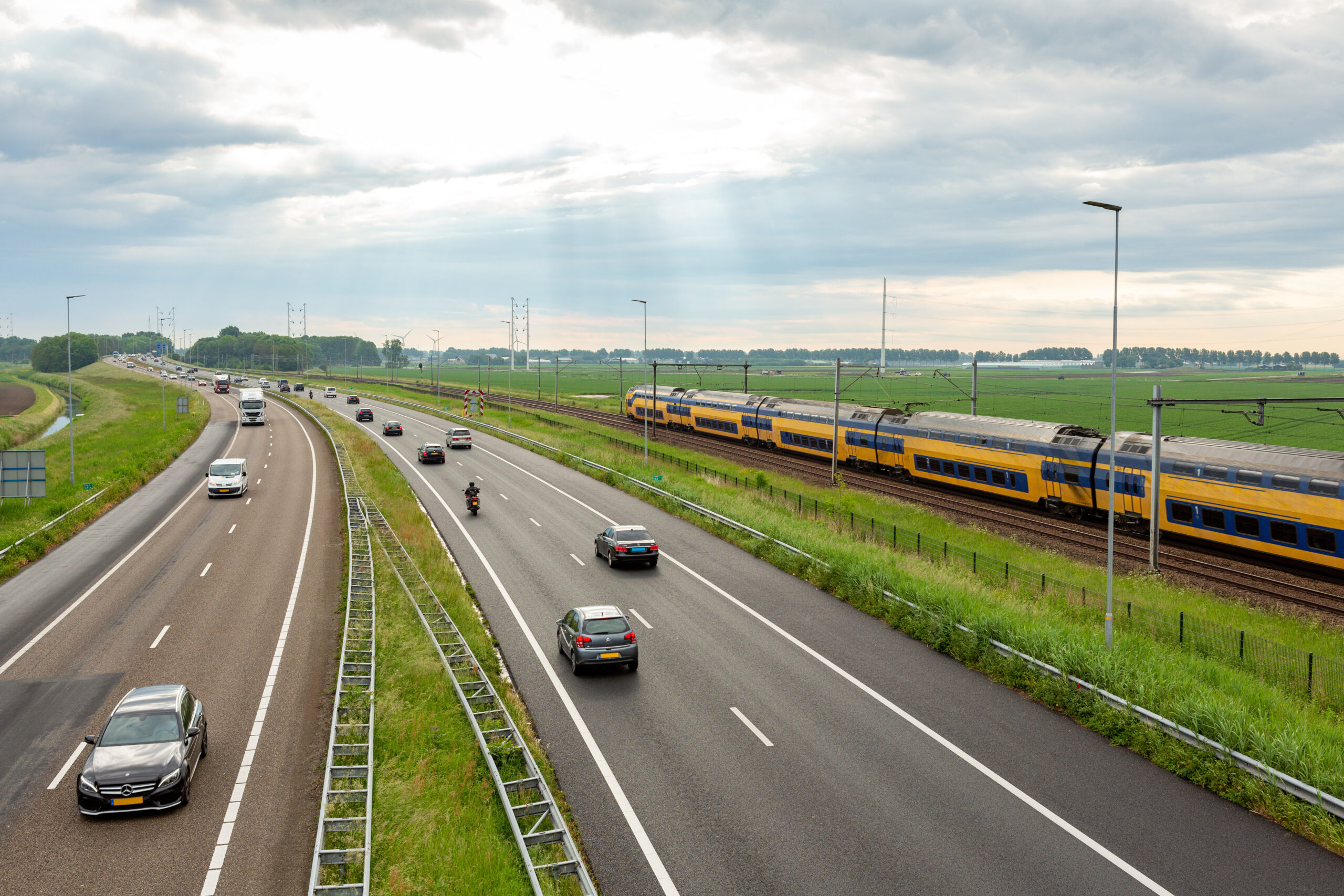
Comments are closed